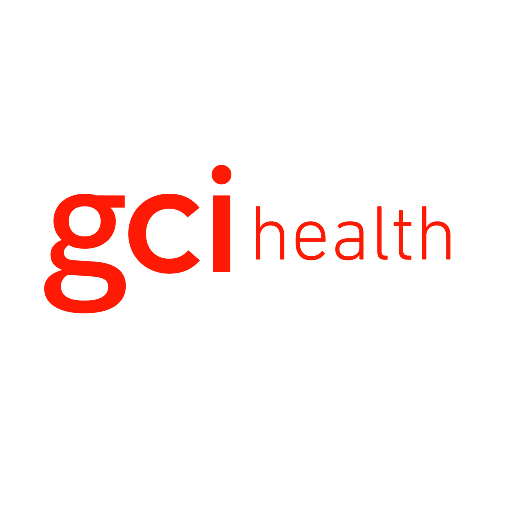GCI Health 02 May 2019 // 6:05PM GMT

By: Wendy Lund
CEO, GCI Health
In an industry that evolves as quickly as healthcare communications, it can be unpredictable and hard to pinpoint which trends and challenges are here to stay. As we begin the month of May (what will be a very busy period in health), I always find it helpful to pause for a moment. Let's reflect, take a breath and look back on the previous year to see what we’ve learned with newfound insight and context — and consider the direction in which we’re heading.
With that in mind, here are the trends that have already proven their staying power beyond 2018 and that I feel will continue to impact our approach to communications.
The Price of Breakthrough Innovation
Under the watchful eye of Dr. Scott Gottlieb, who just stepped down as U.S. commissioner of the U.S. Food and Drug Administration (FDA), there were a record number of FDA approvals (59 in total) in 2018 – 16 for cancer drugs and seven for blood cancers. Immunotherapy continues to be an important area of research in cancer, with many studies on combining different treatment modalities underway.
Dr. Gottlieb was known as a strong and effective advocate for public health and, in particular, for his efforts to make drugs more accessible to more people. This extends to the rare disease space, where we’re seeing a continued focus on bringing treatments to market, with some life-altering drugs even being approved with smaller and shorter clinical trials. The study of gene therapies in many diseases is growing, with the hope for potentially curative one-time therapies on the horizon.
As communicators, we should prepare to face the continued challenge of educating audiences about the value of these breakthrough treatments as they relate to pricing. As more and more drugs hit the market with six-figure price tags, we can expect more questions about the cost of combining these expensive treatments.
Putting People at the Center
With healthcare advancements and innovations rapidly transforming the treatment of chronic and life-threatening diseases, the biopharmaceutical industry has done a great job of embracing patient-centricity in unprecedented ways.
Patients today are living beyond their disease and do not want this to define them. Instead, they want to be treated as and communicated to like people – independent of their illness. As we adapt and evolve this approach, let’s remember that there is a person at the center of every treatment journey. Let’s think about what motivates them emotionally, practically and tangibly, and use these insights to inform our platforms and programming.
Integrated Communications
Reputations are linked to business outcomes, and as public relations professionals, we are very much the guardians of these reputations. As PR earns an increasingly influential seat at the table, more companies are recognizing that their success is intrinsically linked to their ability to convey authenticity. This means that clients are turning to PR to not only create communications strategies for their brands and organizations but to shape more extensive marketing and business strategies as well.
With the explosion of opportunities to better measure communications through enhanced analytics tools and integrated media channel data, we are now in a position to quantify the impact of our counsel and activities, and really speak the language of the key decision makers. The tangible ROI for public relations that has for so long eluded our industry is now at our fingertips thanks to new technology. This is great news.
Increasingly Stretched Resources
In both emerging and developed markets, the public spend on healthcare is still falling short. Asian markets are considering the role that value-based reimbursement might play, and in Europe, the inability to afford innovative therapeutic advances is an ever-present issue.
National healthcare resource constraints will be a continually growing challenge for communicators, though our role in these environments is becoming more vital than ever. As we focus on changing health behavior within the reality of varied and pressurized systems, programs that utilize a simple, yet sophisticated approach will be positioned for success.
Impactful Storytelling
I’d like to finish this list with one trend that I’m hoping to see less of in 2019: the use of gimmicks in storytelling. In fact, consider this a plea.
While the digital and technological revolution taking place in communications has created new ways to reach, connect and inspire people, many organizations are relying too heavily on technology and forgetting what makes a truly great story. Clever writing, startling creative, raw emotion, memorable characters and delicious tension – these are the hallmarks of great storytelling, a trend that I hope never goes out of style.


































.jpg)












